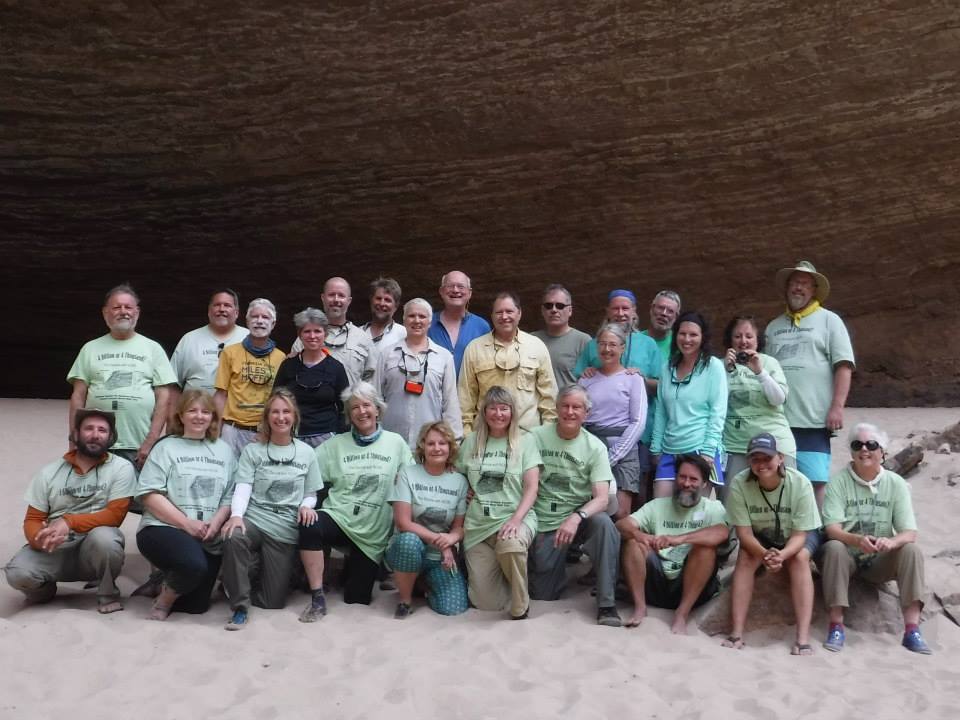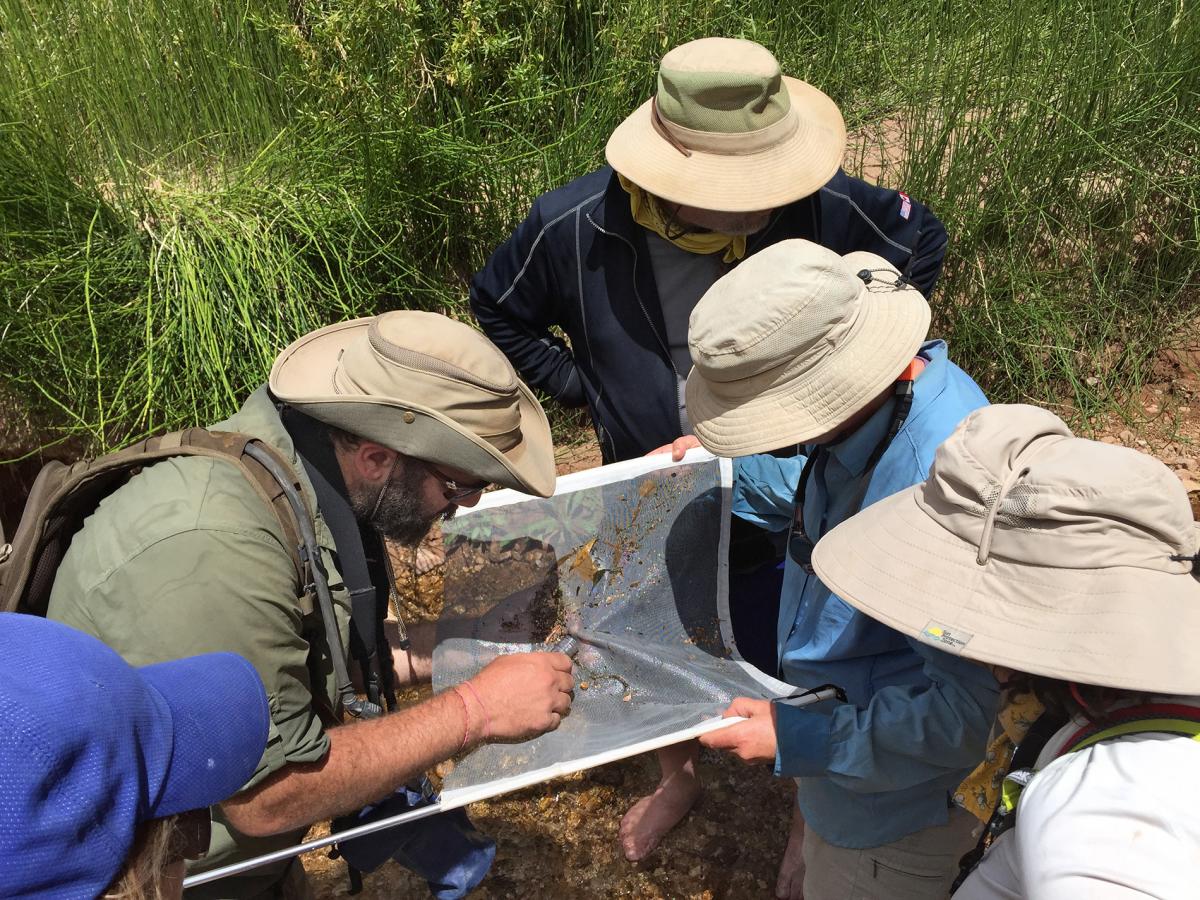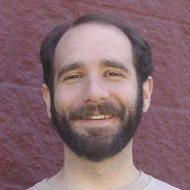 The best thing about NCSE’s Grand Canyon trip is the rafters. Also, the Canyon itself. And the food. And the amazing guides who run the boats and cook the meals and lead the hikes and know every bit of river lore you could desire.
The best thing about NCSE’s Grand Canyon trip is the rafters. Also, the Canyon itself. And the food. And the amazing guides who run the boats and cook the meals and lead the hikes and know every bit of river lore you could desire.
Among the best things about NCSE’s Grand Canyon trip are the rafters.
Steve Newton and I do our part to introduce rafters to the wonders of the Canyon, its geology, natural history, and human history. We’ve run the river a few times, and study up beforehand, and I think we do a pretty good job.
But our rafters bring a whole different wealth of knowledge with them. This year’s trip included a sedimentologist who had done research in the same formations that make up the Grand Canyon. Rafters figured out pretty quickly that, if they weren’t on Steve’s boat that day, they could lean on her for insights into the rocks we were passing.
Another rafter was a fisheries biologist who had spent years studying the endangered native fish of the Grand Canyon, and now studies salmon in Oregon. He had a blast exploring his old haunts, and showing the rest of us the fish, lizards, and other critters around us. Most touchingly, he and his wife had come on the trip for their 5th wedding anniversary; she had never been to the Grand Canyon before, and we were honored that they chose to share that celebration with all of us. (She was one of two nurses and one former physician assistant on the trip, which came in handy when a rafter cut his hand on a rock, though the boatmen are wilderness EMTs and could’ve handled it, too.)
 Rafters and I examine aquatic larvae from a sidestream. Photo copyrighted by rafter Dave Bishop, used with permission.
Rafters and I examine aquatic larvae from a sidestream. Photo copyrighted by rafter Dave Bishop, used with permission.Another of our rafters was a high school teacher with a degree in entomology. She and I used a kick net to check for insect larvae in a side stream, then looked at them in camp that night under the microscope I brought along. Her husband was appropriately impressed with her examinations and explanations of the algae, and alderfly, caddisfly, dragonfly, and damselfly larvae, noting, “I’ve never seen her doing her science before.”
Other rafters were avid skywatchers and birdwatchers, explaining what we saw flickering in the night sky, and what was flickering among the trees on shore.
Regardless of their areas of expertise, the assembled teachers, molecular biologists, nurses, geophysicists, firefighting English professors, programmers, photographers, and assorted others all came together out of their love of science and science education. That meant the conversation after dinner (did I mention that the dinners were amazing?) weren’t your run of the mill affairs. People talked science. Atheists and theists compared notes on interactions with particularly silly fundamentalists, and how they confronted attacks on evolution and climate change from ideologues. Scientists and teachers shared tips and tricks for spreading the joy of science to a new generation.
Also, there was a lot of talk about baseball.
If that sounds like fun, check the FAQ, and get in touch to be put on a waiting list for next year’s trip (in early July, full details to come shortly). And if you’d like to share that kind of experience with a few particularly special teachers, consider donating to the Teacher Scholarship Fund.

